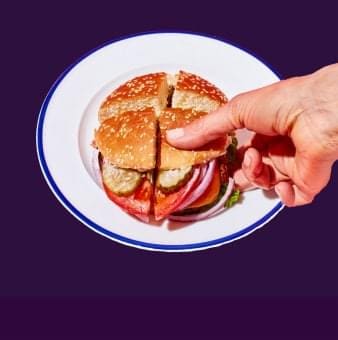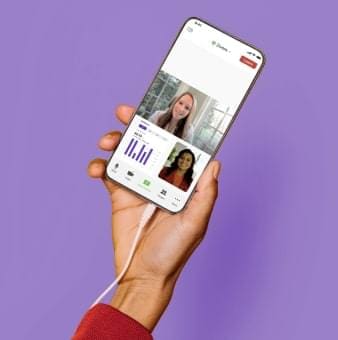Help your population silence the food noise

Nutrition Obesity
Everywhere you turn, there is food. The sizzle from the food truck parked outside your office, the donut spread in the breakroom, the candy bars calling your name as you check out at the grocery store. But as GLP-1s emerge as effective treatments for weight management, reports from people taking the medications and clinicians point to a reduction in what has been called “food noise.”
What is “food noise”?
Food noise involves thinking about food constantly, battling cravings, or feeling overwhelmed by food choices. It’s the internal chatter that drives decisions around eating, often in ways that feel overwhelming and out of control.
Food noise is complicated by the fact that we are surrounded by ultra-processed snacks and endless ads for delivery apps and fast food. It’s not just a willpower problem, it’s a systemic issue and it’s taking a toll on health, productivity, and healthcare costs in the workplace
Help your population cut through the cravings, confusion, and constant temptation with science-backed strategies to improve the health and productivity of your workplace.
Why it matters for employers and health plans
Food noise isn’t just an individual challenge, it’s a population health issue. It drives unhealthy eating behaviors, weight gain, and ultimately contributes to chronic conditions like obesity, diabetes, and cardiovascular disease. Left unaddressed, it becomes a barrier to the success of any health or benefits strategy.
How to help your people quiet the food noise
1. Address the biology and the behavior
While GLP-1 medications can help reduce appetite and food noise temporarily, long-term success requires building skills that create healthy habits and mindsets. A sustainable approach must pair medication with evidence-based behavioral and lifestyle change.
2. Create structure, not restriction
Help your population build routines and equip them with strategies that make eating easier, not harder. It’s not about diet culture, calorie counting or cutting out entire food groups, it’s about making intentional choices that align with health goals.
3. Teach mindful eating skills
Awareness is the antidote to eating on autopilot. Programs that coach individuals to identify hunger cues, emotional triggers, and real satiety help turn eating back into a conscious, empowered act. One strategy we use in our program is the 10-5-10 timer where we encourage participants to eat for 10 minutes, pause for 5, and resume eating for another 10 minutes. This tool helps determine fullness by encouraging participants to check in with their body’s signals during meals.
4. Design for real life
The best solutions fit into the lives your members actually lead. Digital solutions that individuals can access wherever and whenever they want can meet people where they are with personalized guidance.
5. Engage the whole person
Food noise is rarely just about food. Sleep, stress, movement, and mental health all play a role. An integrated approach that addresses the health of the whole person will help individuals make meaningful changes in all areas that support healthy eating.
At Wondr Health, we go beyond calorie counting and quick fixes. We help people build the skills they need to live a healthy life with proven behavioral science and expert-led support. We help people lose weight with or without medication—and keep it off—by turning down the food noise and turning up true lifestyle change.
Want to learn how Wondr Health helps leading organizations tackle this challenge? Download our playbook on Addressing Obesity in the Workplace and schedule time to connect today.





